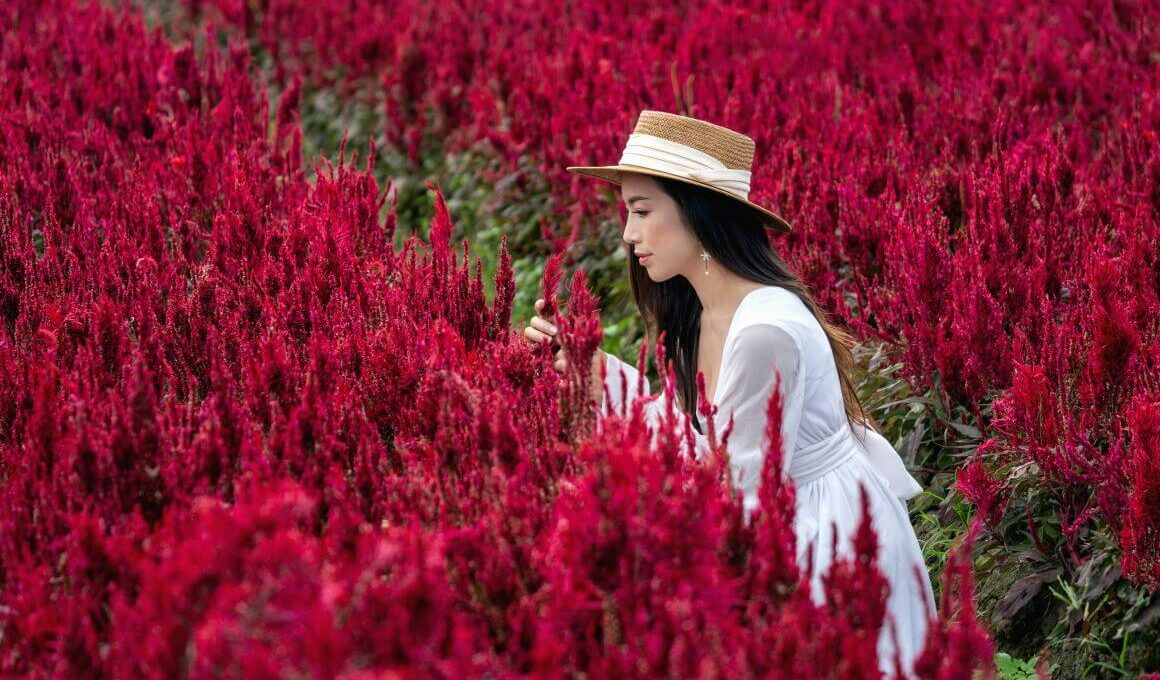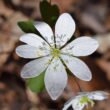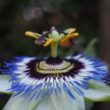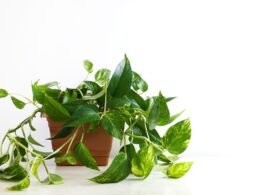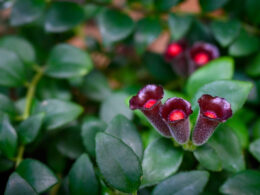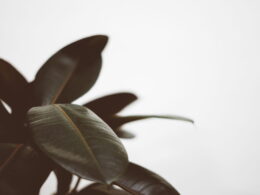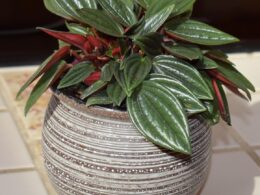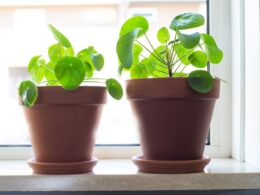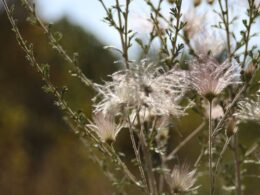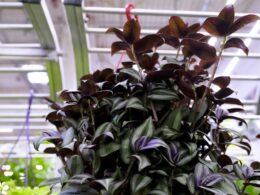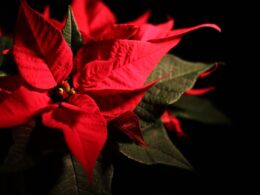Growing Celosia Plants. Overview
The celosia plant (from the Amaranth family), also known as cockscomb, is a hardy annual plant (a tender perennial) that is native to tropical regions around the world. It grows best in full sun and sandy soil, and its colorful flowers make it a popular choice for gardens and floral arrangements. The plant gets its name from the rooster-like shape of its flowers, which can be red, orange, yellow, or purple.
Celosia plant care is not difficult, and the feathery plant will bloom from summer until fall. However, it is important to deadhead the flowers regularly to encourage continued growth. With proper care, the celosia plant will add color and beauty to any garden.
Cocksomb Light Requirements
Celosia, also known as cockscomb or woolflower, is a brightly-colored annual that adds a touch of whimsy to any garden. Though it is often grown as an ornamental plant, celosia can also be harvested and used in arrangements or dried for long-term decoration. One of the most important things to consider when growing celosia is how much light it needs.
In general, the plant prefers full sun, though it can tolerate partial shade. If grown in too much shade, celosia may become leggy and produce fewer blooms. For best results, choose a location that receives at least six hours of sunlight per day. With the right amount of light, celosia will produce an abundance of showy flowers all summer long.
The Perfect Soil for Celosia Flowers
While celosia can grow in a wide range of soils, it prefers sandy, well-drained soil. If your soil is heavy or clay-like, consider amending it with sand or compost to improve drainage. Celosia also benefits from regular fertilization. For best results, use a balanced fertilizer every two weeks during the growing season.
When to Plant Cockscombs
Celosia is a warm-weather annual, which means it will only last for one growing season. When it comes to celosia plant care, in most regions, celosia can be planted in early to mid-spring, after the last frost date. However, if you live in a colder region, it’s best to wait until late spring or early summer to plant celosia.
Cockscomb Plant Common Problems
One of the most common problems with celosia is powdery mildew. This fungal disease often affects celosia that is grown in too much shade or crowded conditions. To prevent powdery mildew, make sure to plant celosia in an area that receives plenty of sunlight and has good air circulation. If powdery mildew does appear, you can treat it with a fungicide. Another common problem with celosia is root rot, which is caused by overwatering. To prevent root rot, water celosia only when the top of the soil is dry to the touch.
Fertilizers for Celosia Plants
To keep your celosia plants looking their best, it is important to fertilize them regularly. A balance of the three primary nutrients. i.e. nitrogen, phosphorus, and potassium is essential for healthy plant growth. A fertilizer with an NPK ratio of 20-20-20 applied every 15 days will provide the right amount of nutrients for your celosia plants. Around five crystals of fertilizer should be used per plant. With regular fertilization, your celosia plants will continue to produce beautiful flowers all summer long.
Celosia Plant Care: Watering Tips
Celosia plants are annuals that thrive in warm weather and require frequent watering, especially when the plants are young. Once established, celosia can tolerate periods of drought; however, the plants will produce more flowers if they are kept evenly moist. When watering celosia, be sure to soak the soil thoroughly; allowing the soil to dry out between waterings can stress the plants and cause them to produce fewer flowers.
In general, celosia plant care requires your Celosia plumosa to be watered once or twice a week, depending on the weather. During hot, dry weather, the plants may need to be watered more often; in cooler weather, they will need less water. As a general rule of thumb, celosia should be watered when the top inch of soil is dry to the touch.
Celosia Propagation
While celosia can be grown from seed, it is also relatively easy to propagate from cuttings. The following steps will help you take any root cuttings from a healthy celosia plant.
- First, choose a stem that is healthy and free of any diseases or pests. Cut the stem at a 45-degree angle, making sure to include several inches of growth above the leaf nodes.
- Next, dip the cut end of the stem in rooting hormone powder or gel. This will help encourage root growth.
- Finally, plant the stem in a pot filled with moistened potting mix. Be sure to keep the pot in a warm, sunny location. With proper care, your celosia cuttings should take root within two to four weeks.
- Once the plants are established, they can be transplanted into the garden or kept in pots.
By taking and rooting celosia cuttings, you can enjoy an abundance of these beautiful flowers all summer!
Potting Indoor Cockscomb Celosias
When potting a celosia plant indoors, start with a sterile potting mix and a well-draining pot. Water the soil thoroughly before planting the celosia seedling. Be sure to plant the seedling at the same depth it was growing in its previous container. Once the seedling is in place, water it again gently and then place the pot in a sunny location. Celosia plants prefer high light levels, so if possible, choose a spot near a south-facing window. Watering once per week should be sufficient; however, be sure to check the soil regularly and water when it is dry to the touch.
By following these simple tips, you can keep your celosia plants healthy and blooming all season long! Do you have any celosia plant care growing tips? Share them in the comments below!





